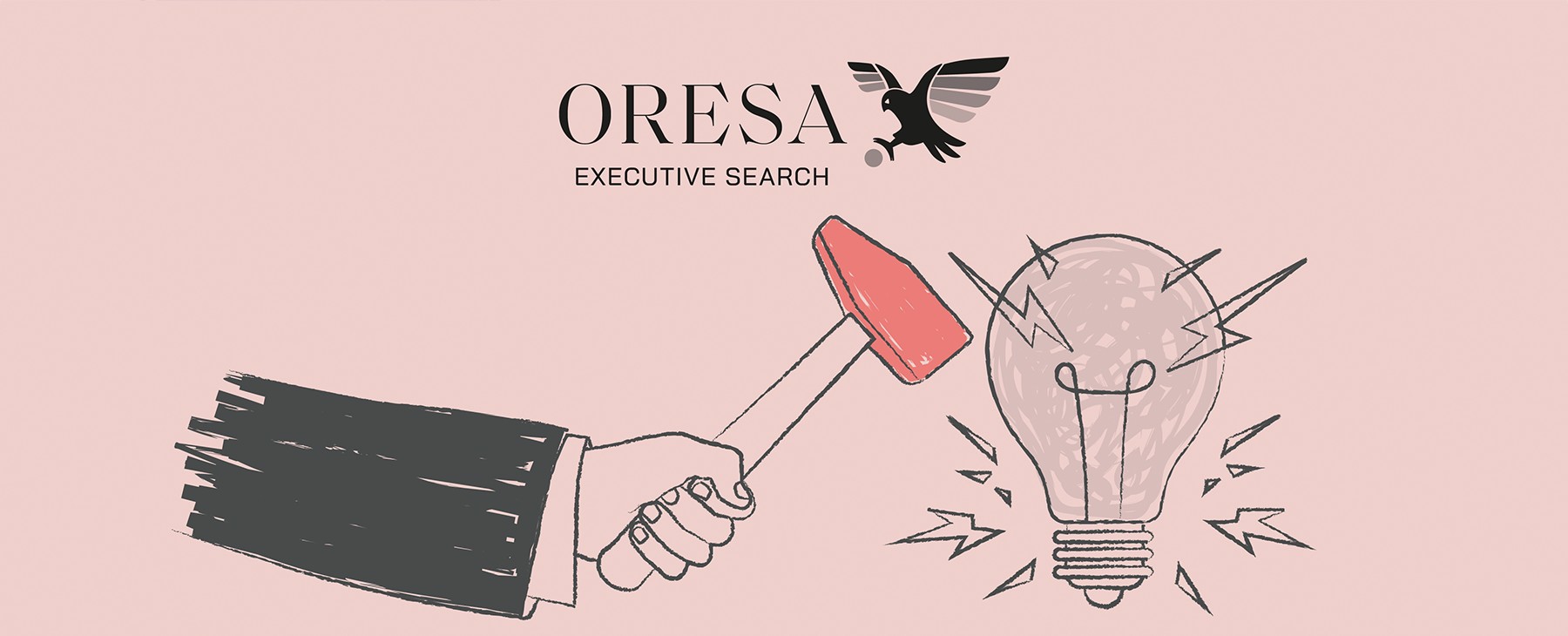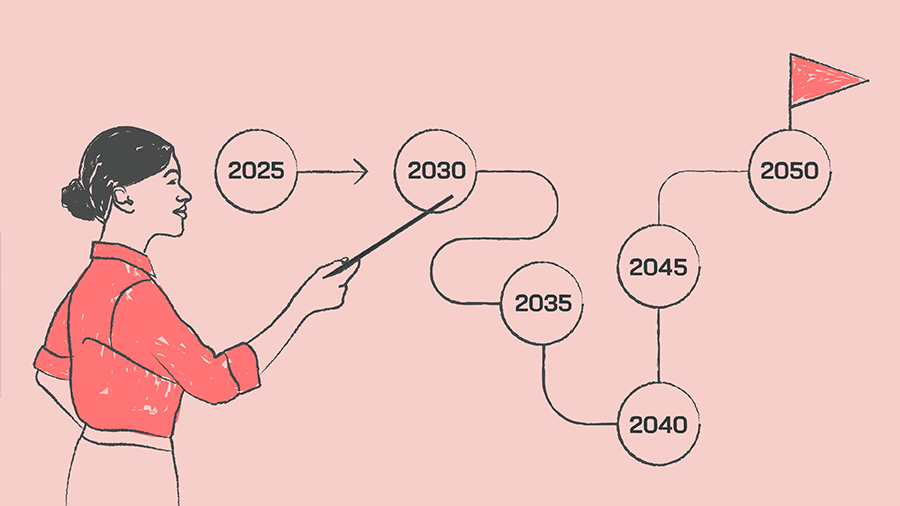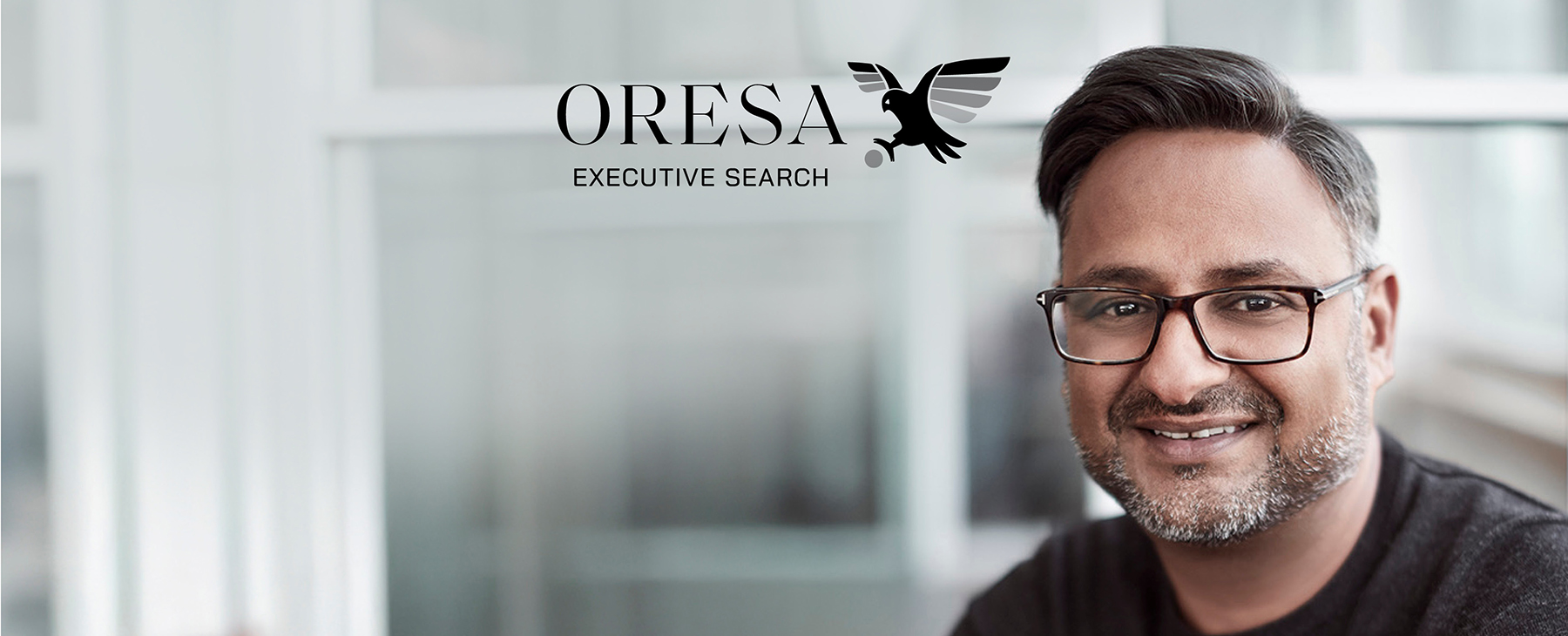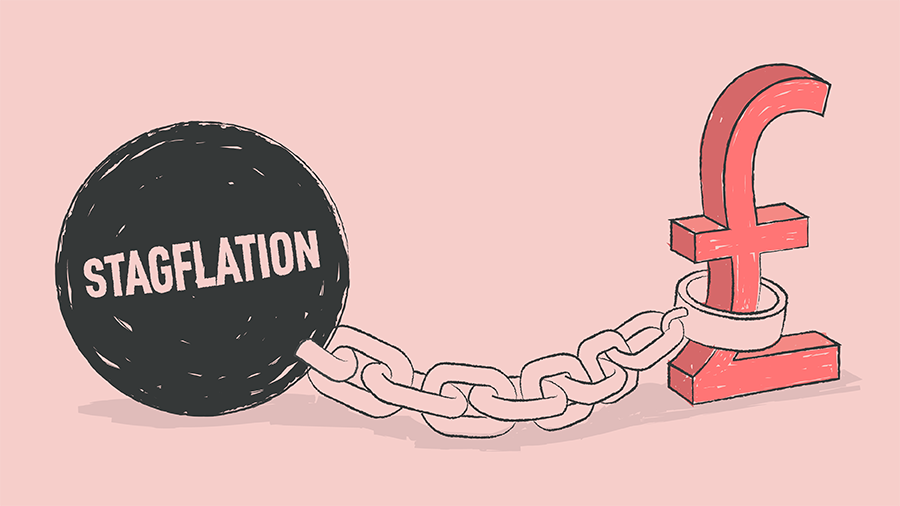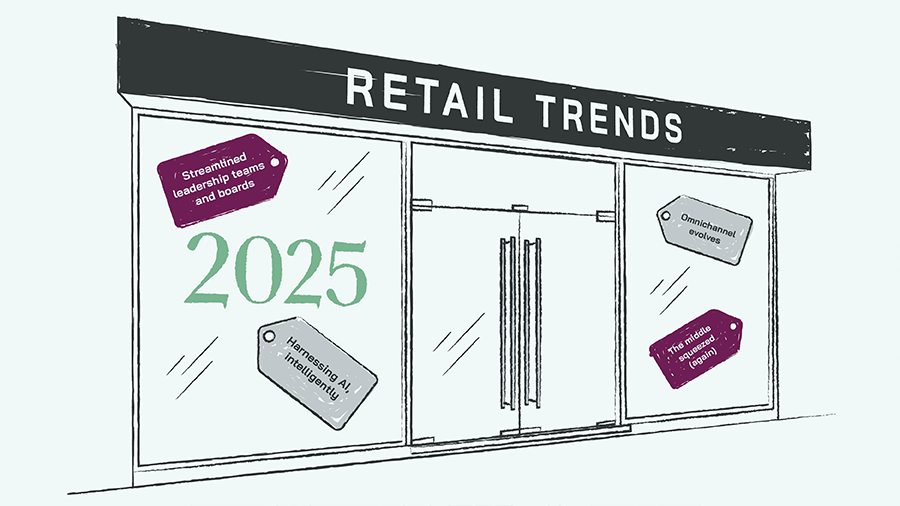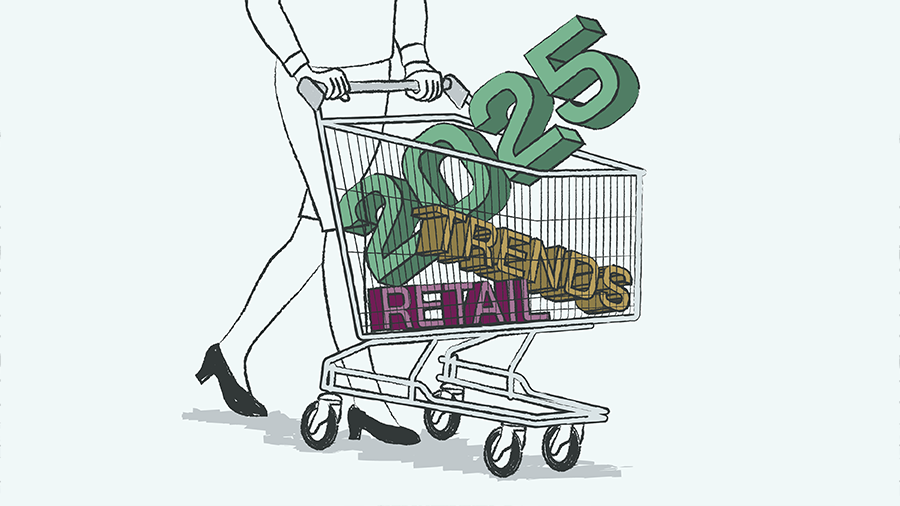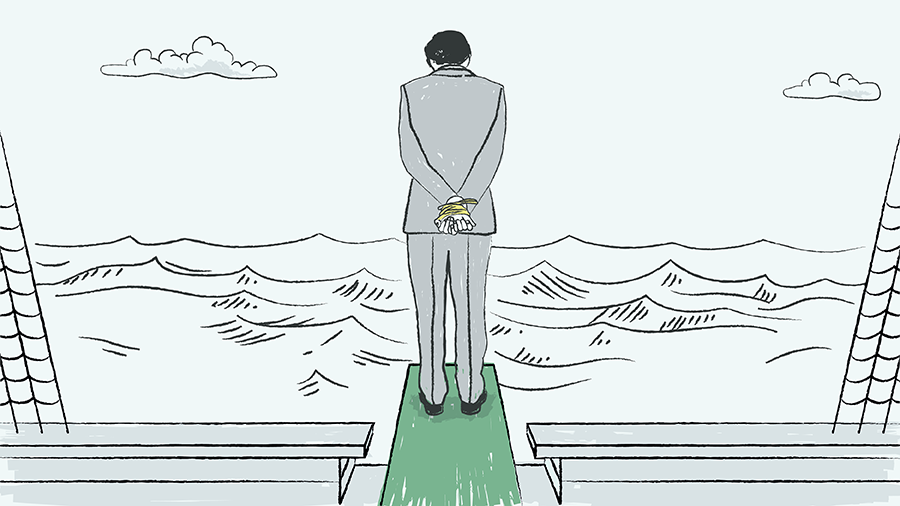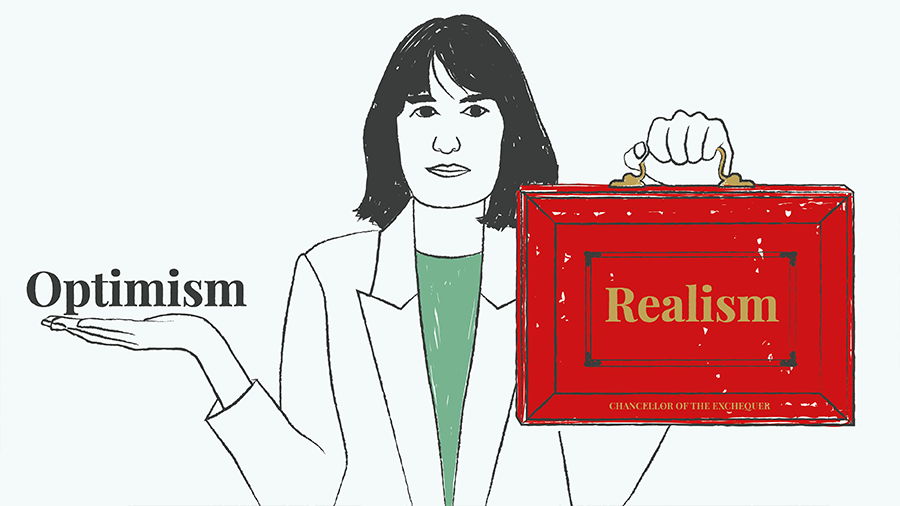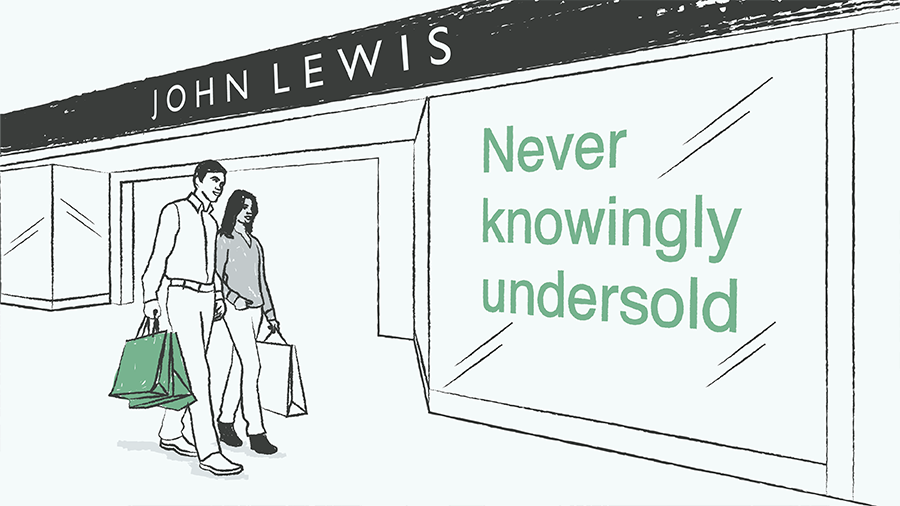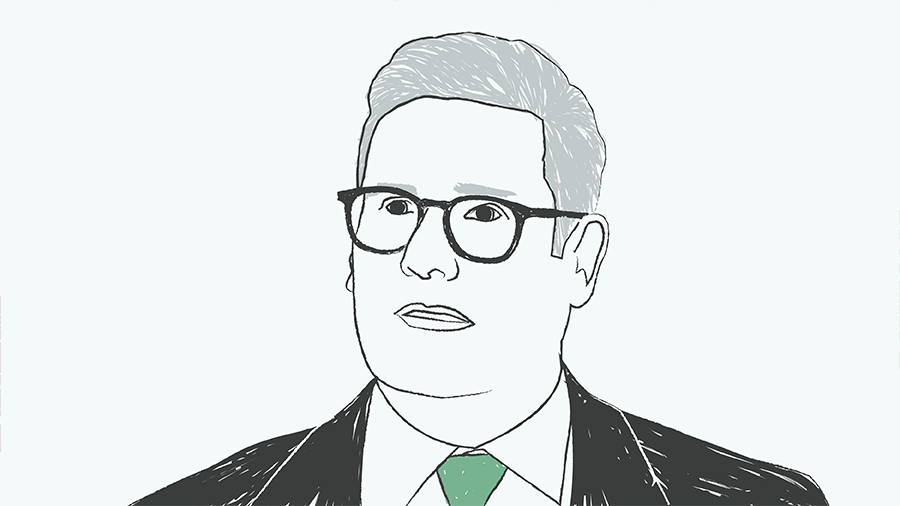 Motivation, inspiration, culture-building and alignment behind a common vision are all hugely important, but they don’t tell the whole story. A fundamental part of a leader’s job, on the most practical level, is to make decisions.
Motivation, inspiration, culture-building and alignment behind a common vision are all hugely important, but they don’t tell the whole story. A fundamental part of a leader’s job, on the most practical level, is to make decisions.
These can be strategic, operational and sometimes tactical, but taken together it’s hard to overstate their importance. I challenge you to find great leaders who consistently make poor decisions. Indeed, it’s one of the defining features of great leaders that they do make good decisions, most of the time.
There are several components of good decision making: finding the right information; listening to the right people; challenging your assumptions; being able to see the big picture while paying attention to critical details; understanding how much risk to take, how much time you have and when to change your mind; and learning from the times you get it wrong.
A challenge founders face in particular is that, as their businesses grow, they cease to be able to make all the decisions. It naturally gets too big for one individual, and this can frustrate them. They are, after all, used to making all the big calls, and generally rather good at doing so (otherwise their business would never have been successful enough to outgrow them).
It’s not uncommon for them to complain that their subordinates or replacements aren’t up to the task.
Sometimes this consternation is genuinely well-founded. Other times, it’s just unfair. Entrepreneurs tend to be comfortable with both risk and speed when they make decisions, because these are required to start a business from scratch. Appointed executives – even CEOs – are typically neither of this mould nor incentivised to be.
Indeed, making quick decisions at a high level of risk can sound to many employee-CEOs like a recipe for disaster. They will be thinking of how a high-stakes failure would look on their CV – and for all the talk of ‘fail first’ cultures, it’s not a good look.
Improving decision making
In either case, this situation should be viewed as an opportunity, not an irritation. Companies and leaders invest considerable time and money in their culture, strategy, governance and processes, but it’s actually quite rare for them to invest in systematically improving how decisions get made, other than to reduce risk.
There are some exceptions.
LinkedIn has a framework designed to encourage and enable staff to take ‘intelligent risks’ at all levels of the organisation, factoring in the expected upside and downside, the expected cost and the level of other risks being taken in the department at the time. Employees are celebrated for boldness and learning, rather than whether a particular decision paid off or not.
Octopus Energy – which recently featured in our inaugural Growth Index of the fastest growing UK companies – focuses more on the speed of decisions, as part of founder Greg Jackson’s effort to prevent the firm becoming ‘bloated’ as it grows.
Sign-off is reduced to keep down the number of people involved in approving a decision, something that so often causes delay in larger corporations.
These frameworks are intimately connected to the culture and vision of the organisation, showing perhaps how the decision-making aspect of leadership and the human aspect are two sides of the same coin.
Yet they are also just some examples of what founders can do to ensure they get the type of decision-making that they want, as the business grows and they personally become further removed from said decisions. You never know, they might also learn a thing or two in the process.
In any case, such things won’t happen unless they are treated systematically. Given the importance of bold, timely, effective decision-making, it would seem worthy of attention.
